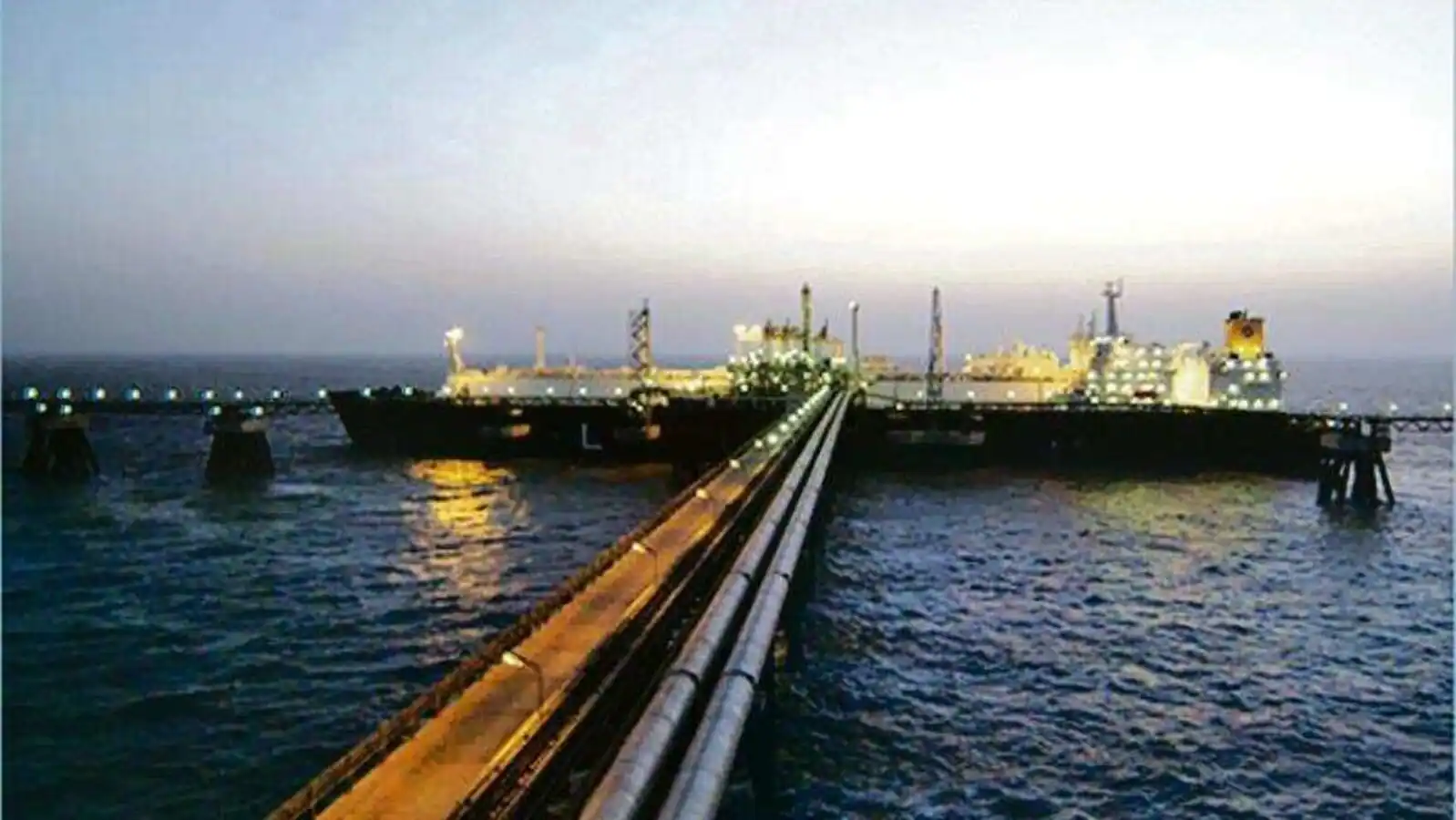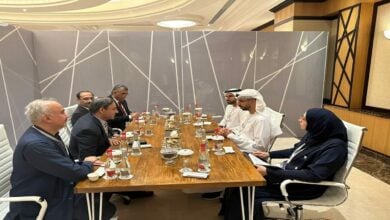India to connect power grid with UAE and Saudi Arabia through undersea cables

According to a recent report from local media, India is planning to connect its power grid with the United Arab Emirates (UAE) and Saudi Arabia using undersea cables. In order to expand access to reliable power and increase energy security in the country, India’s power ministry has distributed cabinet notes for inter-ministerial consultation. Once the cabinet approves these notes, bilateral agreements will be signed with the UAE and Saudi Arabia for the proposed mega projects.
As stated by Raj Kumar Singh, the Union minister for power and new and renewable energy, the India-UAE agreement is in its final stages. The interconnection agreement will be circulated in the cabinet note, followed by the preparation of a detailed project report and the solicitation of bids. The interconnection with Saudi Arabia, on the other hand, is still under consideration, with a cabinet note being circulated, as stated by Singh.
The One Sun One World One Grid (OSOWOG) initiative was announced by India and the UAE in January, with plans to conduct a feasibility study for linking their power grids via undersea cables. This initiative aims to create a global network of interconnected power grids, which could potentially result in the sharing of renewable energy across different countries and continents.
India is taking steps towards enhancing its energy security by connecting its power grid with the UAE and Saudi Arabia through undersea cables. The government is currently working towards finalizing the necessary approvals and bilateral agreements, with the aim of increasing access to reliable power and establishing a more sustainable energy future for the country.
Lessons for Pakistan’s Energy Crisis
Pakistan has been facing a severe energy crisis for several years, characterized by frequent power outages, load shedding, and a shortage of electricity supply. The energy crisis is primarily due to a combination of factors such as insufficient investment in the energy sector, outdated infrastructure, transmission and distribution losses, circular debt, and reliance on imported fossil fuels.
The energy crisis has had significant adverse impacts on the country’s economy, social welfare, and overall development. It has resulted in reduced productivity, job losses, and reduced access to basic services, such as healthcare and education, and has hindered industrial growth and foreign investment.
The government of Pakistan has implemented several measures to address the energy crisis, such as initiating power sector reforms, encouraging private sector participation, and increasing investment in the energy sector. It has also diversified its energy mix by promoting renewable energy sources such as solar, wind, and hydro. However, these measures have been slow to take effect, and the country is still facing significant energy shortages.
Pakistan can learn from India’s plan to link its power grid with other countries through undersea cables in several ways. Firstly, it can consider exploring similar collaborations with neighboring countries, such as Afghanistan, Iran, China, and Central Asian states, to establish regional interconnections for the efficient sharing of electricity. This will help to meet the growing demand for power in the region, reduce power outages, and enhance energy security.
Secondly, Pakistan can also look into developing its renewable energy sector, which will not only help reduce the dependence on fossil fuels but also provide an opportunity to export surplus power to neighboring countries. Renewable energy can be generated through solar, wind, hydro, and biomass resources, which Pakistan has in abundance. The country can collaborate with international partners to access modern technologies and financing for renewable energy projects.
Thirdly, Pakistan can learn from India’s approach to improving energy access and reliability through policy reforms and regulatory frameworks. The government can introduce measures to encourage private sector investments in the energy sector, streamline the approval process for new projects, and implement market-oriented tariff structures to promote competition and reduce electricity prices.
ALSO READ: UAE Launches Global Competition for Sustainability Tech Start-ups
PTA Taxes Portal
Find PTA Taxes on All Phones on a Single Page using the PhoneWorld PTA Taxes Portal
Explore NowFollow us on Google News!





